Best Practices for Implementing DevOps Project Management

Sorry, there were no results found for “”
Sorry, there were no results found for “”
Sorry, there were no results found for “”
DevOps can be defined as the amalgamation of best-practice cultural philosophies, tools, and operations to improve enterprise stability to deliver more apps and services at a faster speed.
It boils down to helping organizations achieve this through increased communication – development, IT operations, quality engineering, and security. These roles are traditionally siloed and tend to practice increased collaboration with a DevOps implementation.
As the name suggests, DevOps is focused on bringing Development (Dev) and Operations (Ops) together. This means that the entire lifecycle of the development process is integrated at the people, process, and technology levels.
In this blog, you will get to learn more about how you can streamline your project management by implementing DevOps methodologies for your business.
According to a study, the global DevOps market size was $7,398 million in 2021, and it is anticipated to increase to $37,227 million by 2030, with a significant CAGR of 20% from 2022 to 2030.
With this being said, DevOps project management will remain essential to any significant commercial venture to complete the project on schedule and under budget. It entails careful planning, resource allocation, and coordination between numerous stakeholders.
By combining the development and operations teams of the IT team into a single cohesive entity, the DevOps approach to software development expands on the ideas of agile development.
DevOps, for instance, fundamentally modifies how IT teams approach projects in terms of project management, shifting away from lengthy, extraordinary speed and agility of the software development lifecycle over complicated projects. A combination of the two disciplines, DevOps project management, is designed to fit into and support the DevOps approach.
Related: Software Development Tools
DevOps methodologies improve your business’s internal work throughout the software development lifecycle and help you to visualize the entire DevOps process, from development to deployment. DevOps methodologies for project management can lead your business to better outcomes and create more visibility for project managers and team members working on the same project to achieve the same goals.
DevOps project management is effective for teams and project managers in handling the project efficiently. It allows your project managers and teams to take the responsibility for strategy formulation, organizing tools, motivating engineers, and controlling the overall project.
And this integrated approach, directly influences the speed of delivery for the various business units, translating to the speed of development, delivery of services, and product GTM.
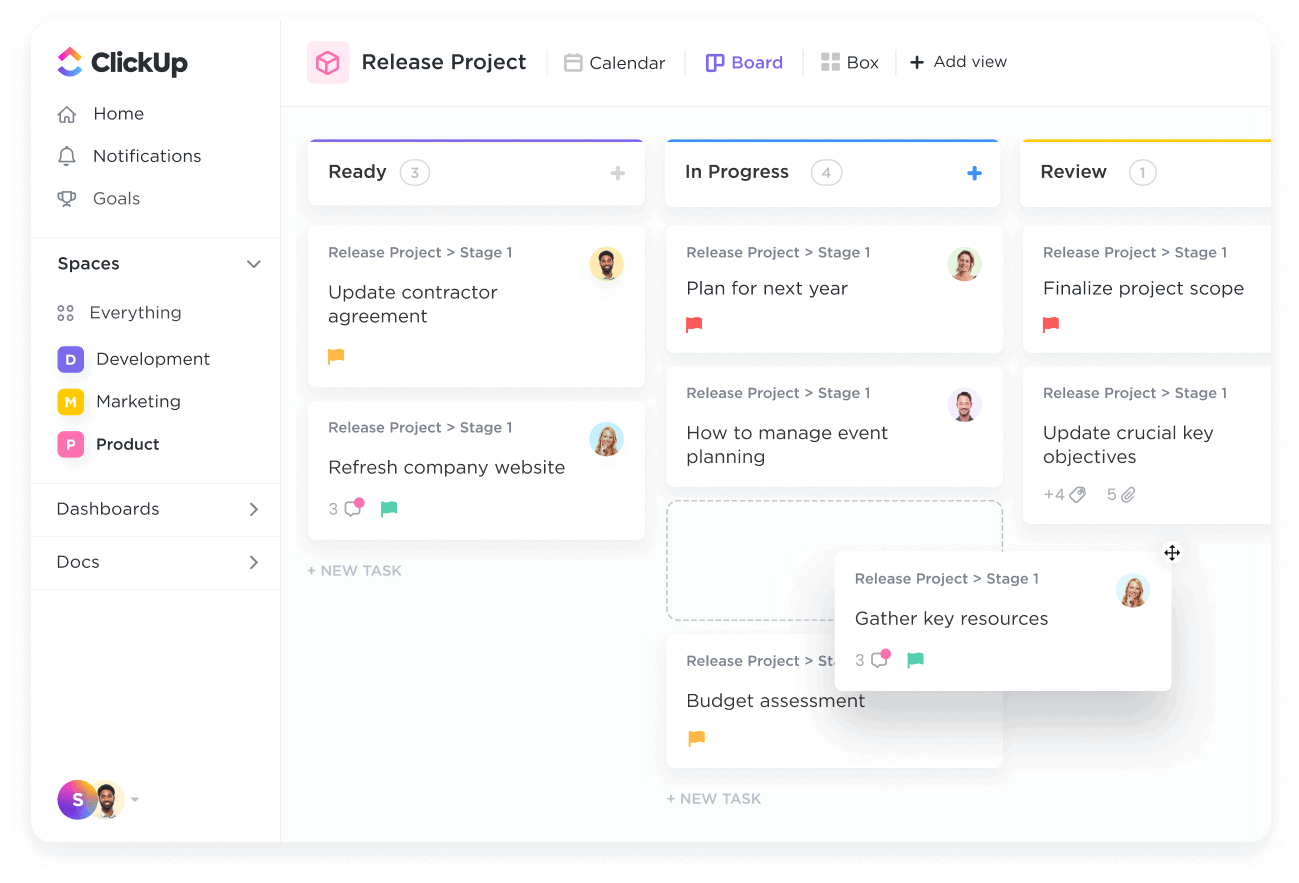
DevOps fosters an atmosphere where enterprise operations are better integrated and coordinated, which speeds up enterprise app development. The organization’s process becomes more efficient as a result, and there are fewer mistakes or project development issues.
Many enterprises may prevent digital disruption and keep up with the most recent developments and rapidly changing consumer expectations by combining DevOps technologies with the cloud.
As a result of DevOps’ adaptability, project management methods utilized to monitor project progress are also improved. It supports project managers in aligning business transformation goals with IT project objectives, promoting company-wide optimization. It’s time to think about your company’s potential advantages of a DevOps culture if you haven’t already.
Bonus: App Development Tools
Here are a few benefits of utilizing DevOps project management for these reasons:
Project managers’ roles have evolved due to Scrum and other agile approaches. Project managers in a DevOps project management methodology liaise between various contributors and keep track of deadlines and commitments.
They also need to have a strong awareness of the development process and the abilities required to produce the final product and work closely with the DevOps team.
DevOps project managers have the responsibility to address the management and coordination of the product from development to production. They mainly work on technical details, whereas a traditional project manager is not involved in handling these tasks.
DevOps project managers ensure they manage the integration, flow of development, testing, coordination, and deployment of the project.
DevOps requires a leader who can assist the team in seeing the flow from beginning to end, much like a typical project manager’s role is to plan, acquire, and execute the project. Creating value stream maps should be a natural extension of the project manager’s Gantt Chart planning abilities.
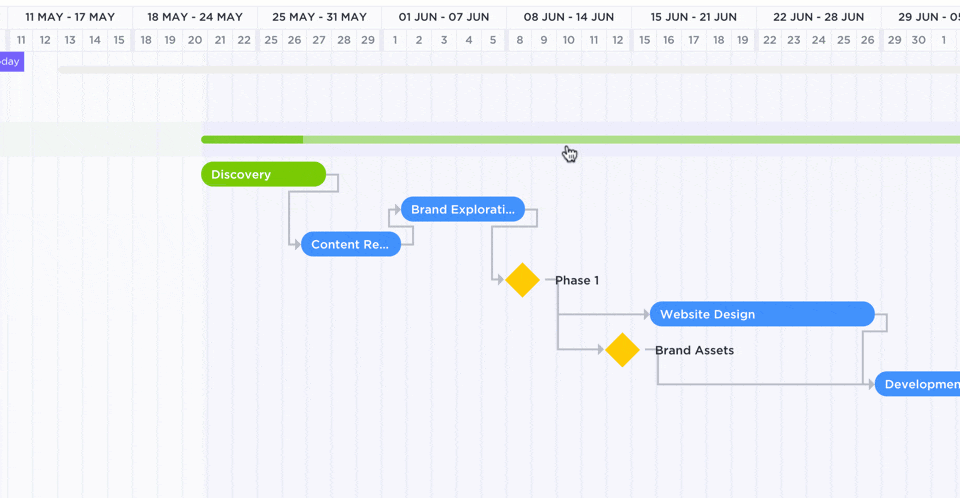
Treating the Development and Operations team as a single organization is important to prevent work silos. These two teams are merged into a single team to work across the entire application lifecycle and develop various skills, from development and testing to deployment to operations.
Attempts to use DevOps will be unsuccessful unless Dev and Ops teams collaborate more effectively. The development and operations teams have several impacts on task handling: educating and sharing responsibilities between Devs and Ops teams, improving productivity and collaboration, understanding deployment risks, awareness of tool quality, and managing added tasks.
It’s important that Devs and Ops teams stay updated at all times to handle such impacts more efficiently.
The agile project management methodology clarifies that embracing change rather than sticking to the plan is crucial. It takes a lot of communication and teamwork to manage change and release features incrementally. Communication is a project manager’s primary skill. Enterprises ought to make use of this potential.
For example, DevOps project managers need to embrace a few changes for their professional growth, such as starting to work on small projects, using the MVP approach, using the right agile planning tools, eliminating silos, reducing project handoffs, creating real-time project visibility, reducing project overhead, and managing change collaboratively.

A project management tool that can support your agile process, like ClickUp, will save you time by allowing you to track work and goals, set milestones, collaborate in Docs, automate busy work, customize tasks, create custom fields, and add checklists.
The following recommendations will assist project managers from more conventional backgrounds in adopting the DevOps methodology.
Improved communication and the elimination of silos between the development, operations, and quality assurance teams are the main goals of DevOps. Software development and delivery to clients can go more quickly with this method.
The entire engineering team’s attitude and mindset must shift, and there must be a shared objective or set of goals to achieve this degree of collaboration. Follow these steps to develop a collaborative culture with DevOps:
The simplest iteration of an app that still satisfies the project’s fundamental software development objectives is known as a minimum viable product (MVP). It is used for testing business models and is considered the best startup launch scheme. It is not a technology prototype, but it will help you validate your business sales.
The primary purpose of the MVP is to test your business idea at minimal cost, to find more iterations to advance the value development, and to find a response from the target audience. If you create enough functionality, then customers will start to adore your product quickly after launch.
DevOps embrace the MVP as a mindset to guarantee that there is always a deliverable after each sprint without causing turnaround to be delayed by an extensive scope. This significantly shifts from conventional project management techniques that stress the ultimate monolithic output.
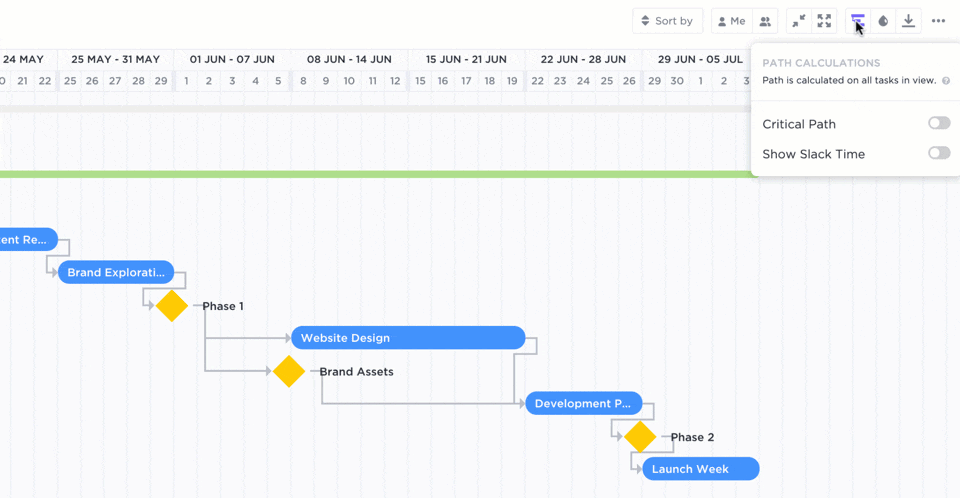
DevOps is seen less as a linear process with predetermined beginning and ending dates and more as an ongoing development process. Customers receive deliverables more quickly with the MVP approach, and as a result, the development team can course-correct sooner in the cycle, thanks to user input.
The key idea behind MVP is to provide the best product to attract customers and observe their behavior with the use of products and services. A main use of this approach is that you understand your customer’s interest in the product and deliver the required outcomes.
MVP can make changes to the product based on customers’ feedback. It provides more benefits for businesses to retain early adopters of their products. DevOps and MVP are a great combination because various teams can plan their day-to-day tasks appropriately, implement automation tools, start automating IT processes, and communicate seamlessly with teams.
In the absence of this, the DevOps team may utilize a waterfall technique to produce the final product only to find that they have not ultimately met the user’s needs, in which case the process must start over.
Continuous integration (CI), a critical DevOps best practice, integrates code updates from multiple contributors into the central repository. CI enables developers to integrate code changes often and use automated tools to check the code’s accuracy. Version control for source code is used to implement CI. The idea behind CI is that it’s simpler to find faults and other quality problems in smaller bits of code than in a vast codebase produced over a long period.

Where continuous integration (CI) ends, continuous delivery (CD) picks up. The method by which the code from CI is used is CD, a component of DevOps. Software deployments become simple, low-risk activities that CD can carry out whenever needed.
This approach can deploy even the most complex large-scale programs in predictable, on-demand processes.
An effective DevOps strategy revolves around automation. Developers and operations engineers working in a DevOps organization find it more convenient when the software development, release process, and agile testing are automated. DevOps are easy-to-integrate, self-contained programs to work across major platforms, extensible through plugins, and easily distributed across machines to accelerate builds, deployments, and tests.
To do this, you’ll need access to DevOps tools. Whether it’s a program that monitors your performance metrics, issues alert when anything goes wrong or offers general visibility into the development of your product. DevOps tools work easily with AWS and GCP and simplify cloud migration. It supports well enough to add features, perform fixes, automate updating, dependency closure, and transitive dependencies.
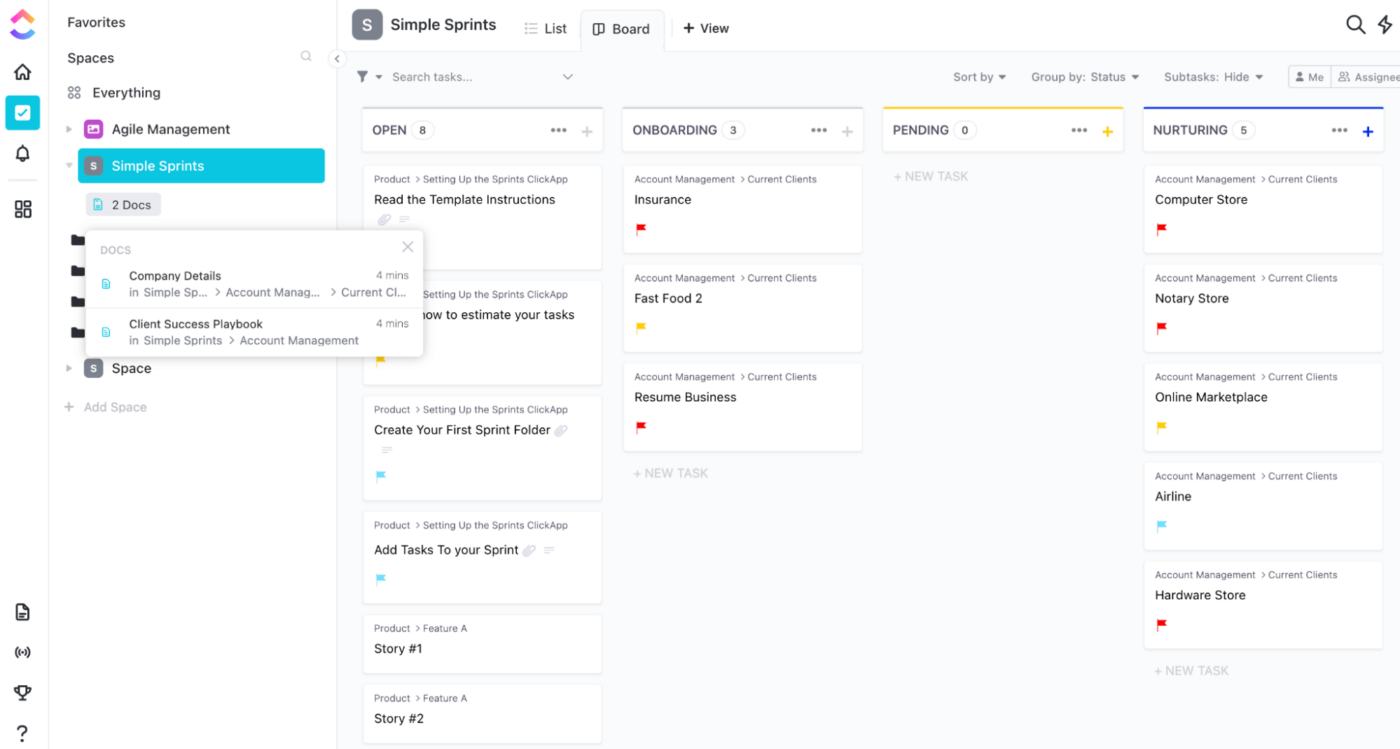
For example, the best productivity platform for agile and DevOps teams is ClickUp, which unifies all work under one interface and tracks releases and sprint collaboration. Managers, developers, external partners, security, and HR may all use ClickUp to customize their Workspaces.
Teams can use ClickUp as an agile project management tool to view projects from days to months in the future or to access detailed information about a task’s status quickly. It also offers an Agile Project Management Template to help you create an agile workflow within minutes.
DevOps best practices recommend constant performance tracking. You can use project management tools with built-in analytics reports to give you insight into data and performance tracking capabilities. With this app, you should also create team dashboards to help everyone involved track work, performance indicators, and overall progress.
Tracking the right performance indicators, such as lead time, mean time to detect, and issue severity to assess the efficacy of a DevOps approach. Tracking these indicators is essential since it enables you to identify problems early and take swift corrective action.
The goals and standards of your enterprise will determine the DevOps metrics you need to monitor. Any engineering and development team can benefit from some indicators connected to profitability, like unit cost.
Because it enables you to develop cost-effective software from the start, tracking unit cost as a DevOps measure is an excellent practice. This is because you have an early understanding of your costs, allowing you to plan your initiatives and proactively make trade-offs.
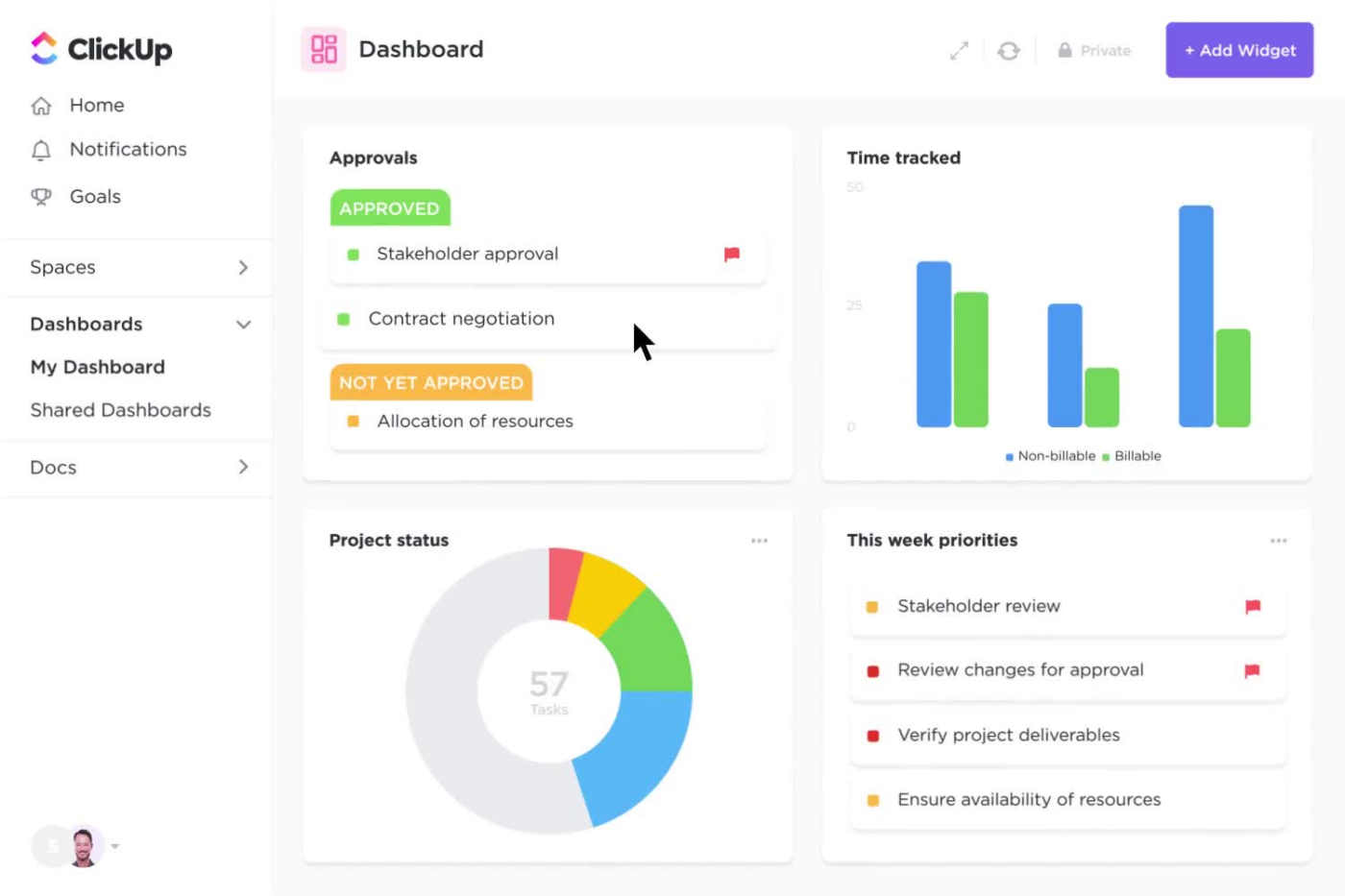
Get more ideas and ways to improve your DevOps processes with our AI prompt templates.
Let’s now explore a few typical barriers to DevOps adoption and various approaches to overcoming these challenges.
Even if it has served the enterprise for many years, the older infrastructure might provide problems. It may experience stability issues as well as a lack of funding. The main worry is that an enterprise will fall behind in this fast-paced world if it continues to use outdated infrastructure.
Development process change when using infrastructure-as-code and microservices, another step toward future continuous innovation.
It aids in the quick market, and consumers need adaptation. We can see that someone else will quickly overtake an enterprise if it does not continue to be creative.
It may be possible to accelerate innovation and development by replacing or changing outdated apps with more modern microservices architecture. The adoption of microservices has some issues, though, and those issues need to be handled.
An enterprise should have configuration management, the building blocks of automation, and continuous delivery used on the old infrastructure before converting to a microservices architecture. It enables them to handle the added operational demand that microservices offer.

Your enterprise knows automated tests’ critical role in CI/CD (Continuous integration / Continuous deployment) and other DevOps techniques. So what’s holding back test automation progress? Beyond only presenting the test method and giving instances of how it is used, it’s crucial to assist the teams. The three methods and BDD techniques are included, as well as solutions to essential aspects like:
You can resolve it by deploying test automation across the entire organization, minimizing feedback loops, and quicker product launches can assist you in learning how to execute the test strategy.
The newest tools in the DevOps toolkit appear to be capable of handling any issue. Despite having all the necessary tools, you still need to teach your teams how to use them efficiently.
The management tools‘ adherence to security guidelines and proper interaction with the current infrastructure are the other two most crucial factors. These issues may distract the enterprise from a vital task.
DevOps’s two most essential components are an organizational structure and a team. The productivity of a team will rise if the enterprise is appropriately structured. A company should focus on its strengths rather than external resources.
The team’s members are the most crucial component when switching to DevOps.
Use project management tools equipped with features to help effectively plan, manage, and track projects. Use templates to help you get started/give your team a structured approach.
Most team members and essential stakeholders may find the switch to DevOps unsettling. A negative reflection on the one giving the advice may result from telling someone they need to change. The transition to DevOps will be smooth and progressive; it won’t happen suddenly.
Everyone will have the opportunity to progressively acquire the DevOps culture and discover the numerous ways they can offer the development phase.
Find a tiny product or a portion of an existing program and replicate it using DevOps techniques as an experiment. Other enterprises will want to implement the new working practices if the team can see the advantages of DevOps. Many businesses will benefit from its entry into DevOps and its ability to continue operating in the field today.
While the operations team provides availability, governance, security, and stability, the development teams aim to shorten the time to market. Although it initially seems irrelevant to the subject, this barrier significantly impacts DevOps practices.
Instead of having a unified objective of client satisfaction, the most typical organizational strategy is for each unit to concentrate on its particular advantages.
If all teams work toward the same goal, there won’t be any end to the arguments over priorities and resources.
You can improve team member collaboration and the overall iteration goals by fusing the DevOps practice with the project management ideas.
DevOps project management tools streamline this process and encourage visibility between project managers by ensuring that task scopes are accurately defined, and dependencies are tracked, better results are obtained, and a deployment-ready application is produced.
The team must communicate to make sure that everyone is on the same page and pursuing the same objectives. Any organization willing to take their business to the next level can get professional support from the digital transformation company to avail of DevOps project management solutions to stay ahead in the competitive edge.
Guest Writer:

Madhu Kesavan, CEO and Founder of W2S Solutions, a globally recognized enterprise software development company. He empowers enterprises and governments in their digital journey. With more than 20 years in the IT industry, he uses technology to provide sustainable solutions.
© 2026 ClickUp